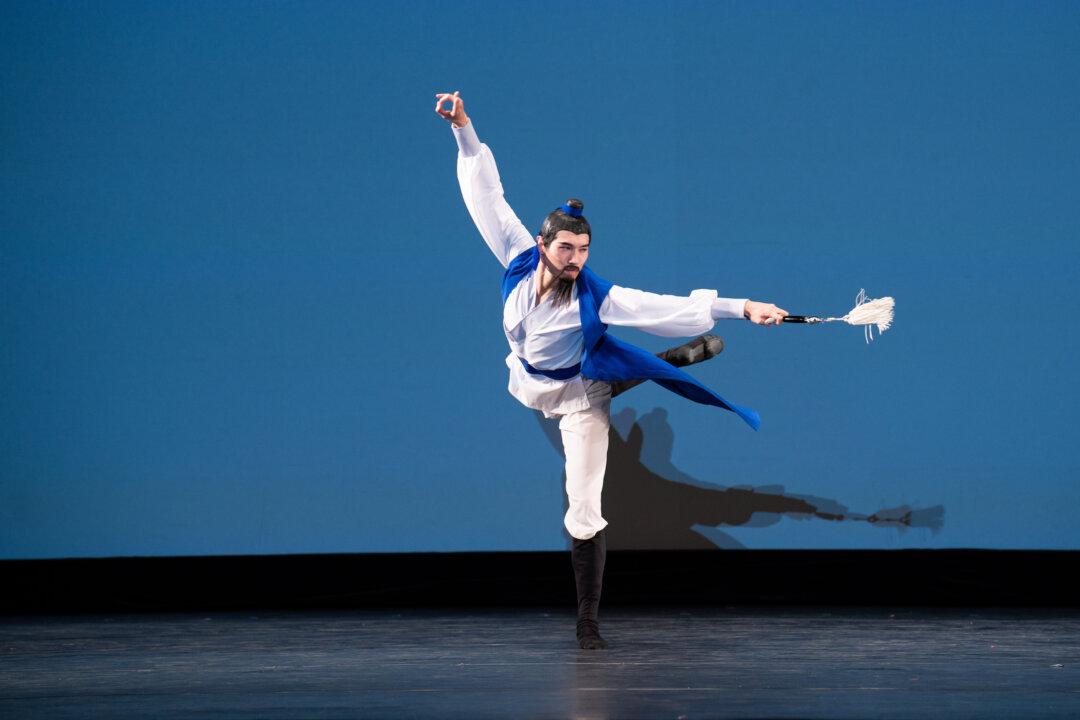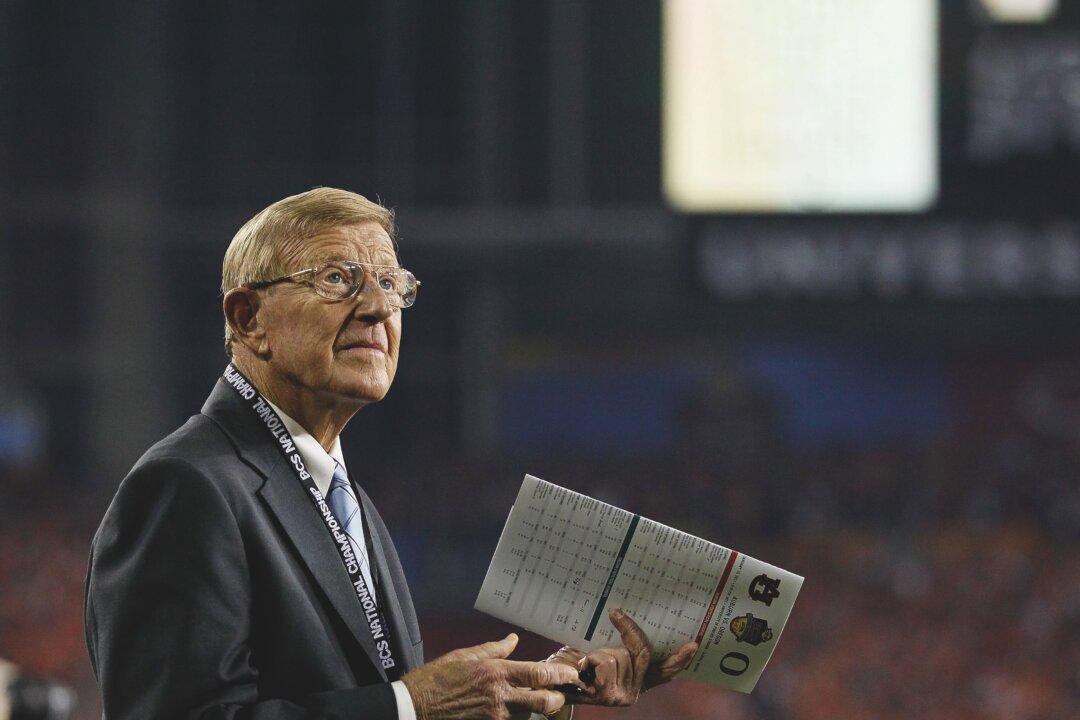Back in 1992, artist José-María Cundín, originally from the Basque Country, Spain, released a hand-engraved facsimile of the United States Declaration of Independence, after three years of hard work and collaboration with craftsmen from his homeland—a papermaker and a renowned metal engraver. But the project didn’t draw broader interest from the American public.
Sara Fattori, who owned a fine art gallery in Palm Beach, Florida, before starting her interior design business, knew of Cundín’s work, but it wasn’t until her father’s passing, around 2007, that she pondered more deeply the meaning of the country’s founding document and the possibility of promoting Cundín’s hand-engraved version. Her father had fought in World War II and was part of an aviation force in the Normandy invasion. “The reality of war,” she said, and the sacrifices made by previous generations to preserve freedom, moved her.






